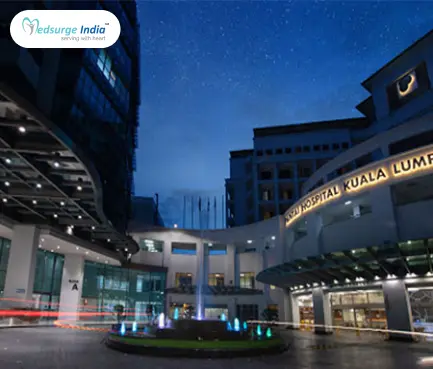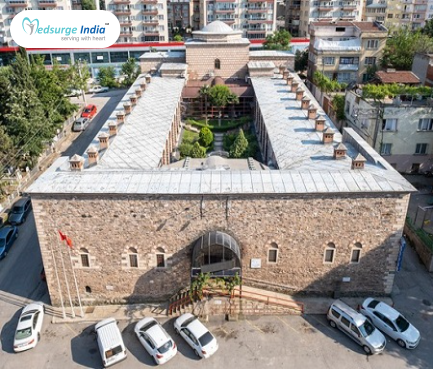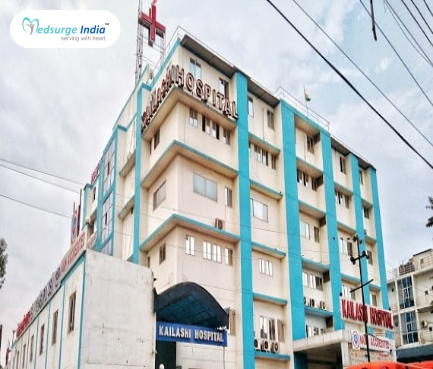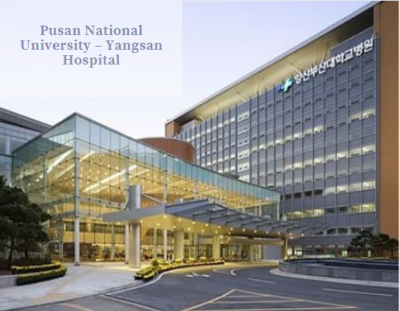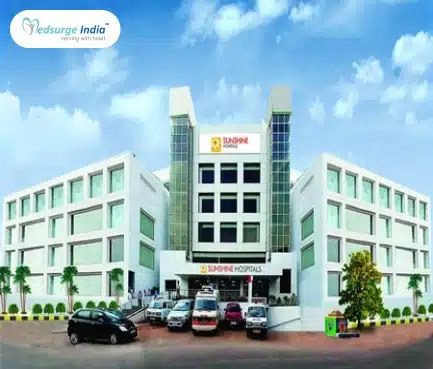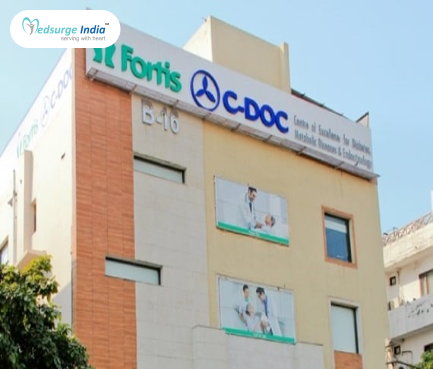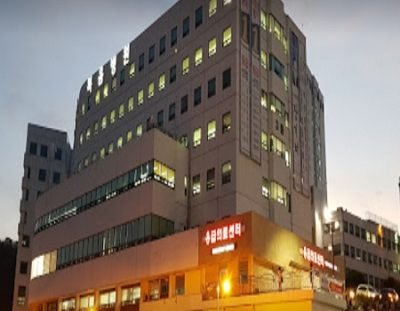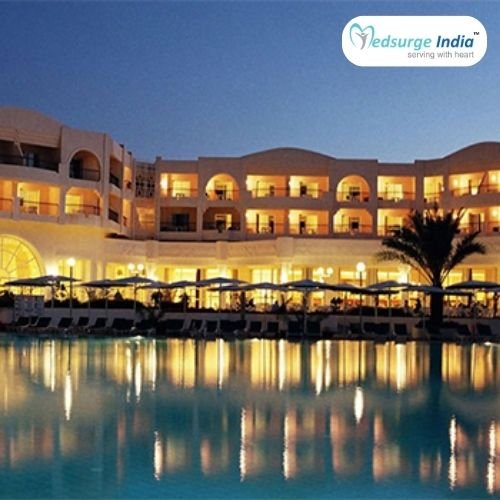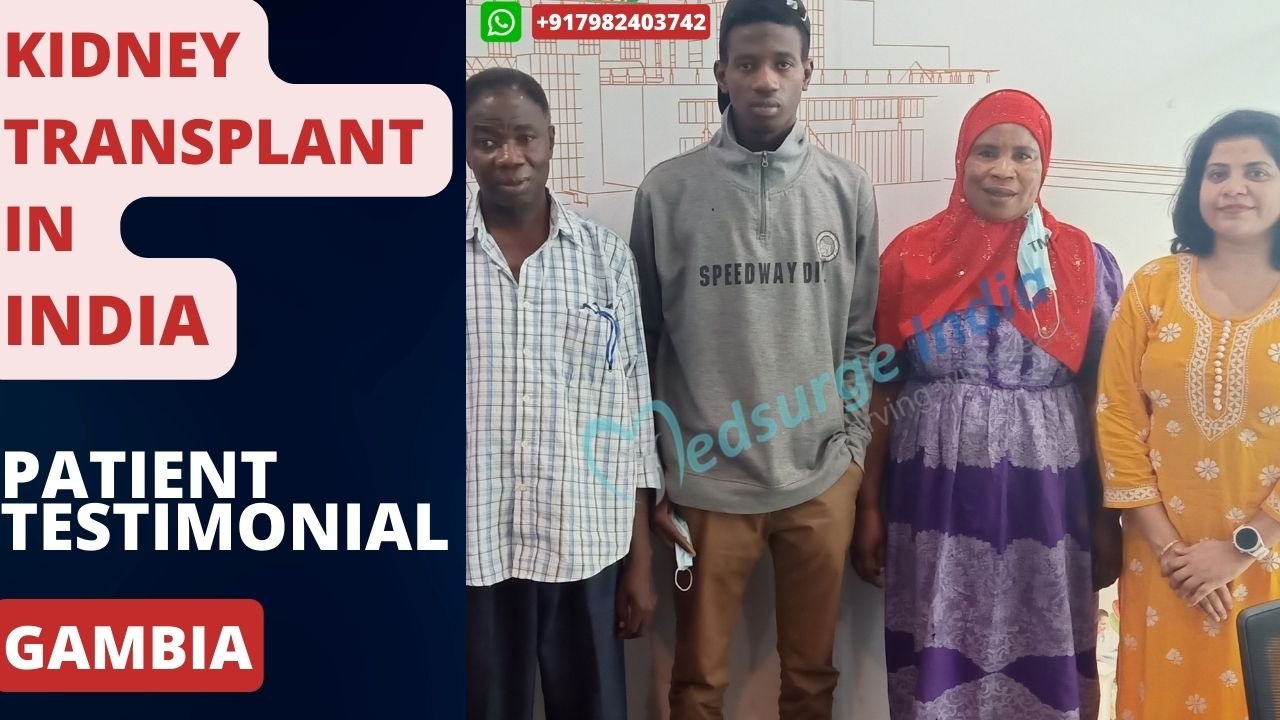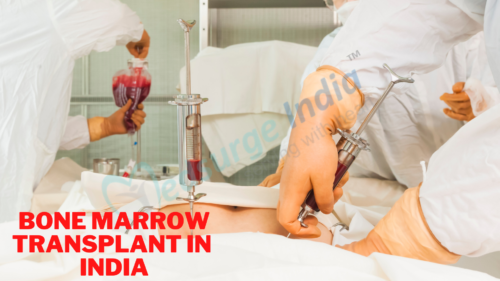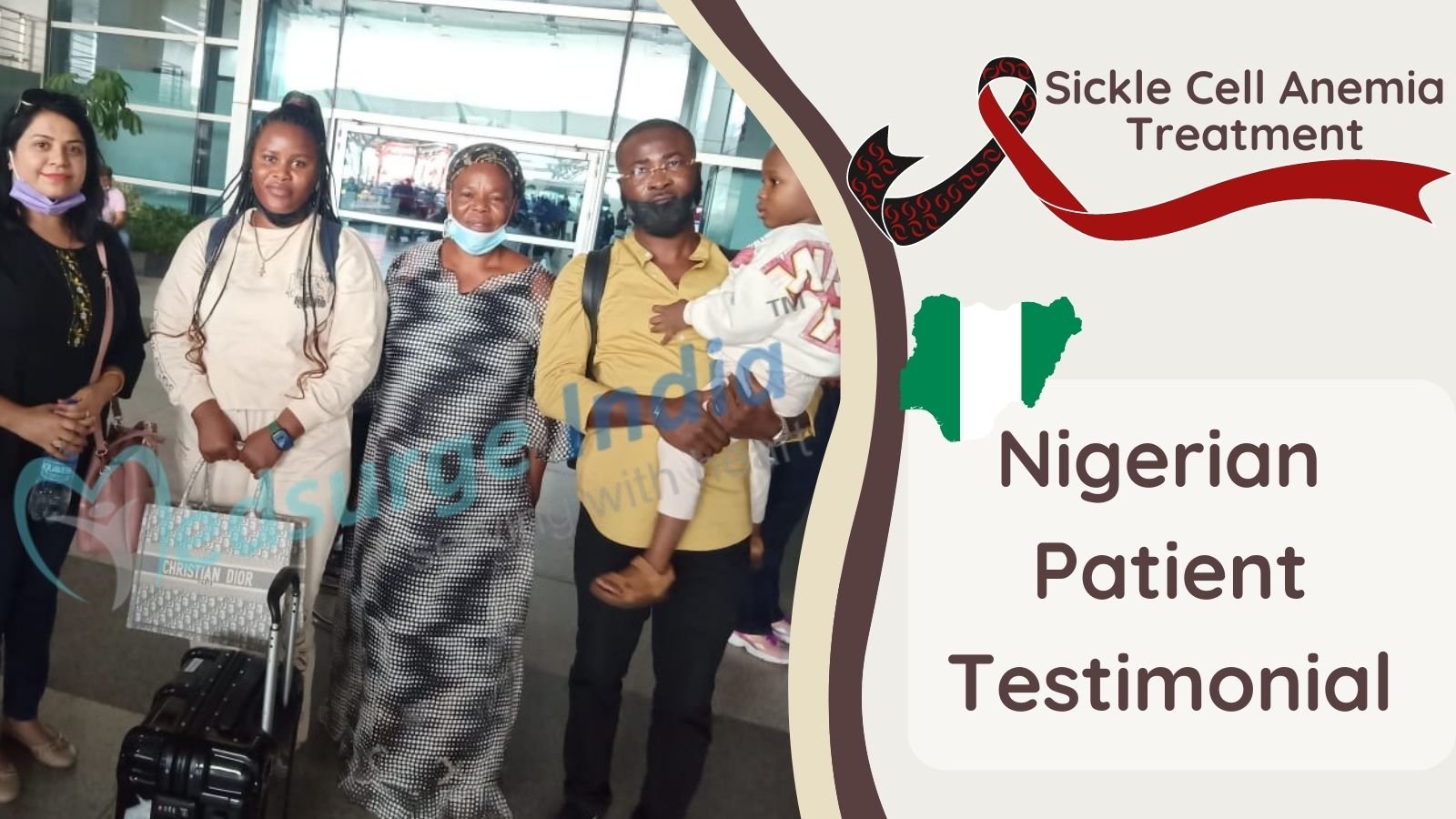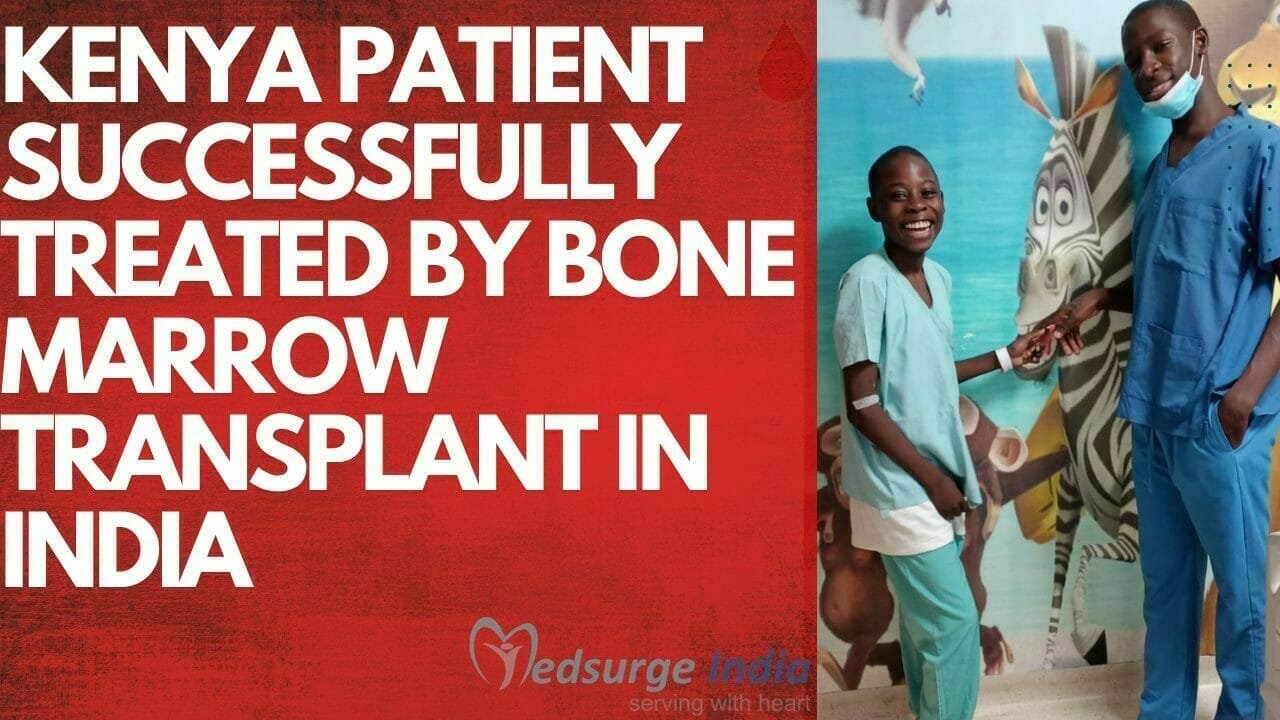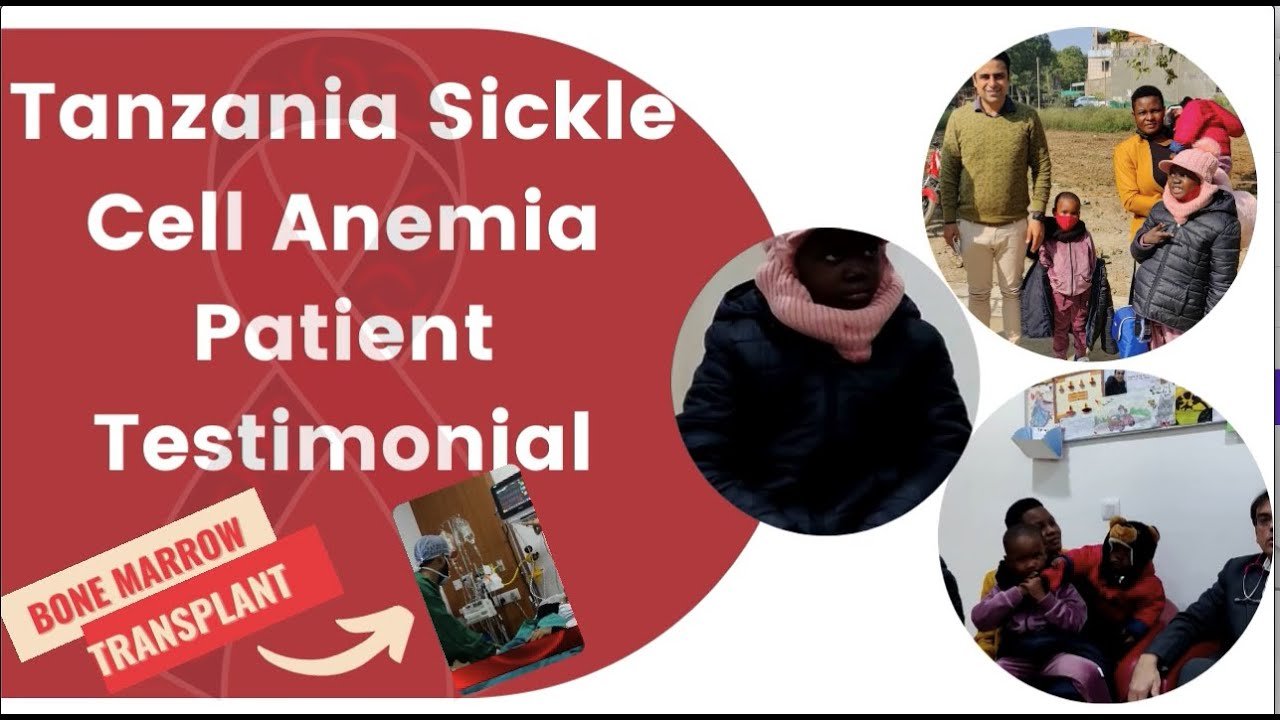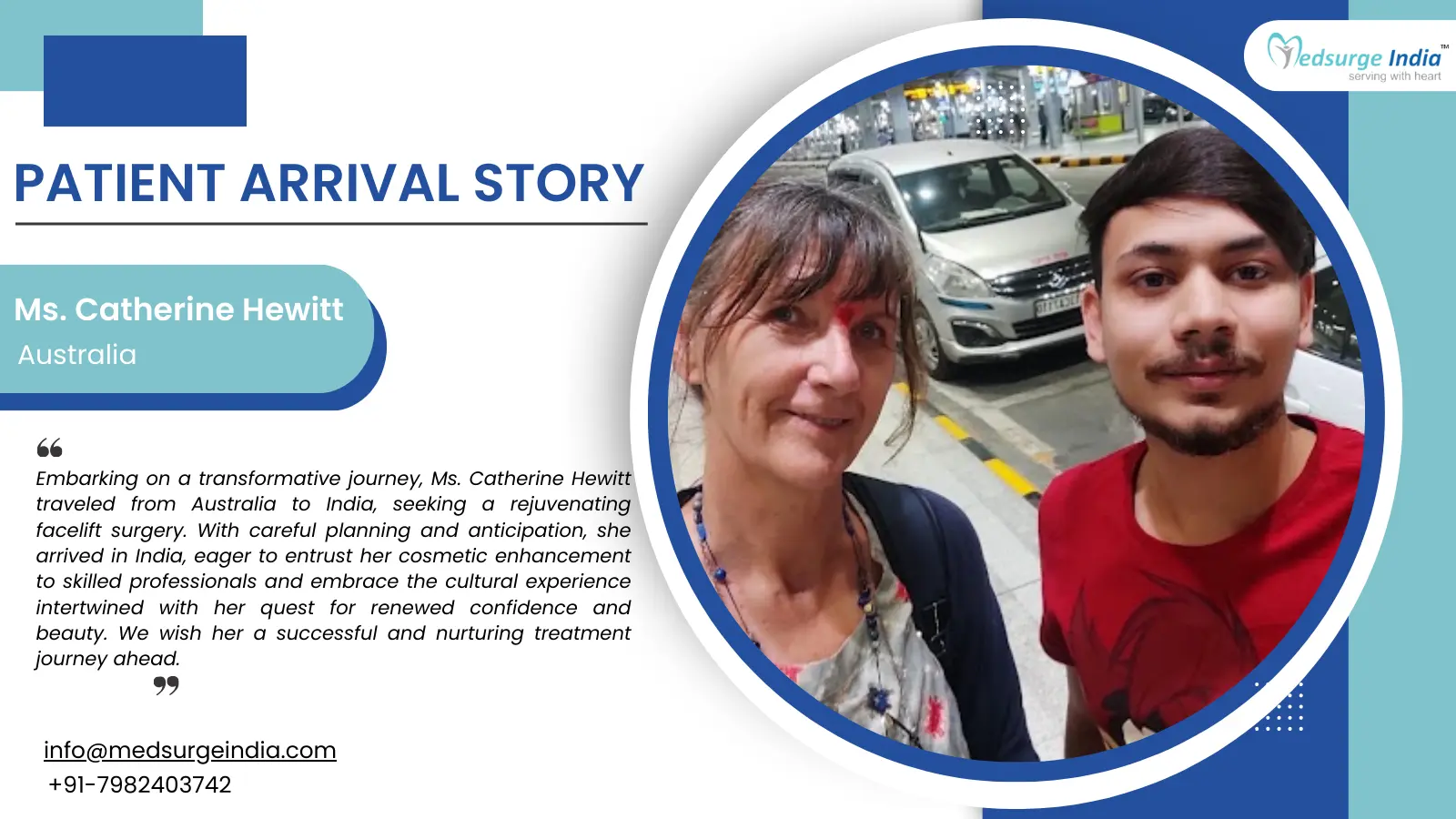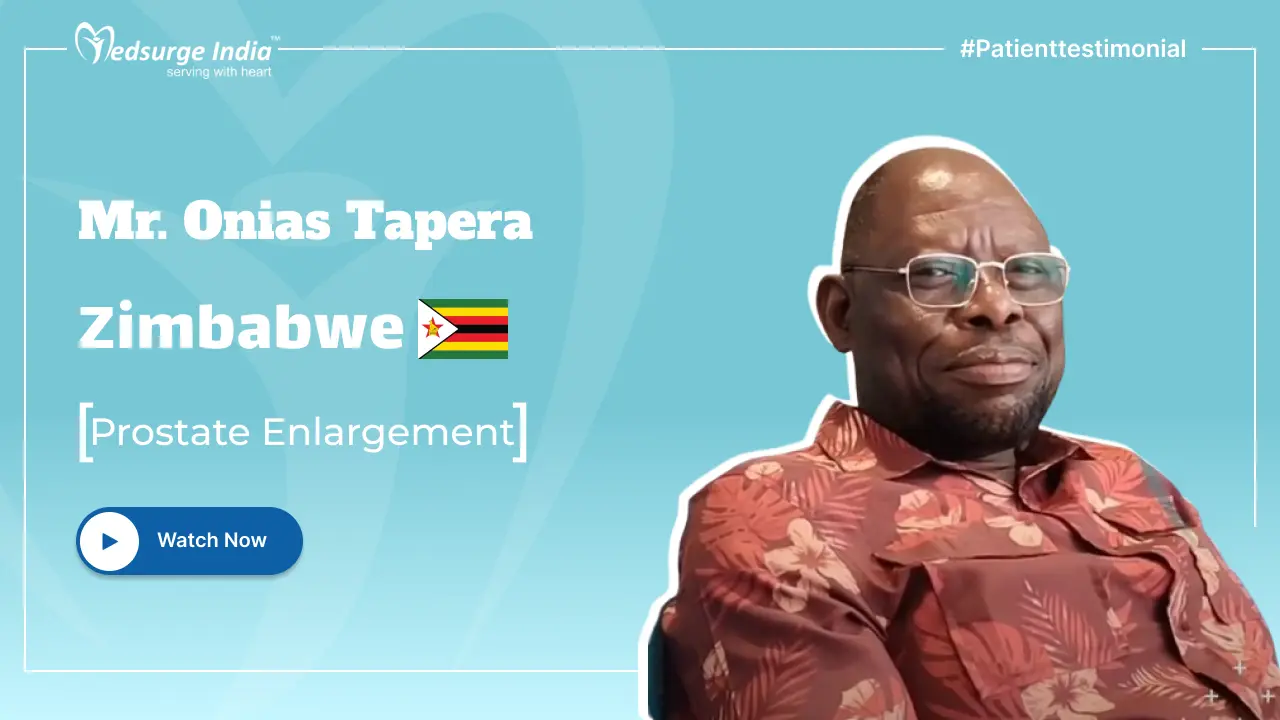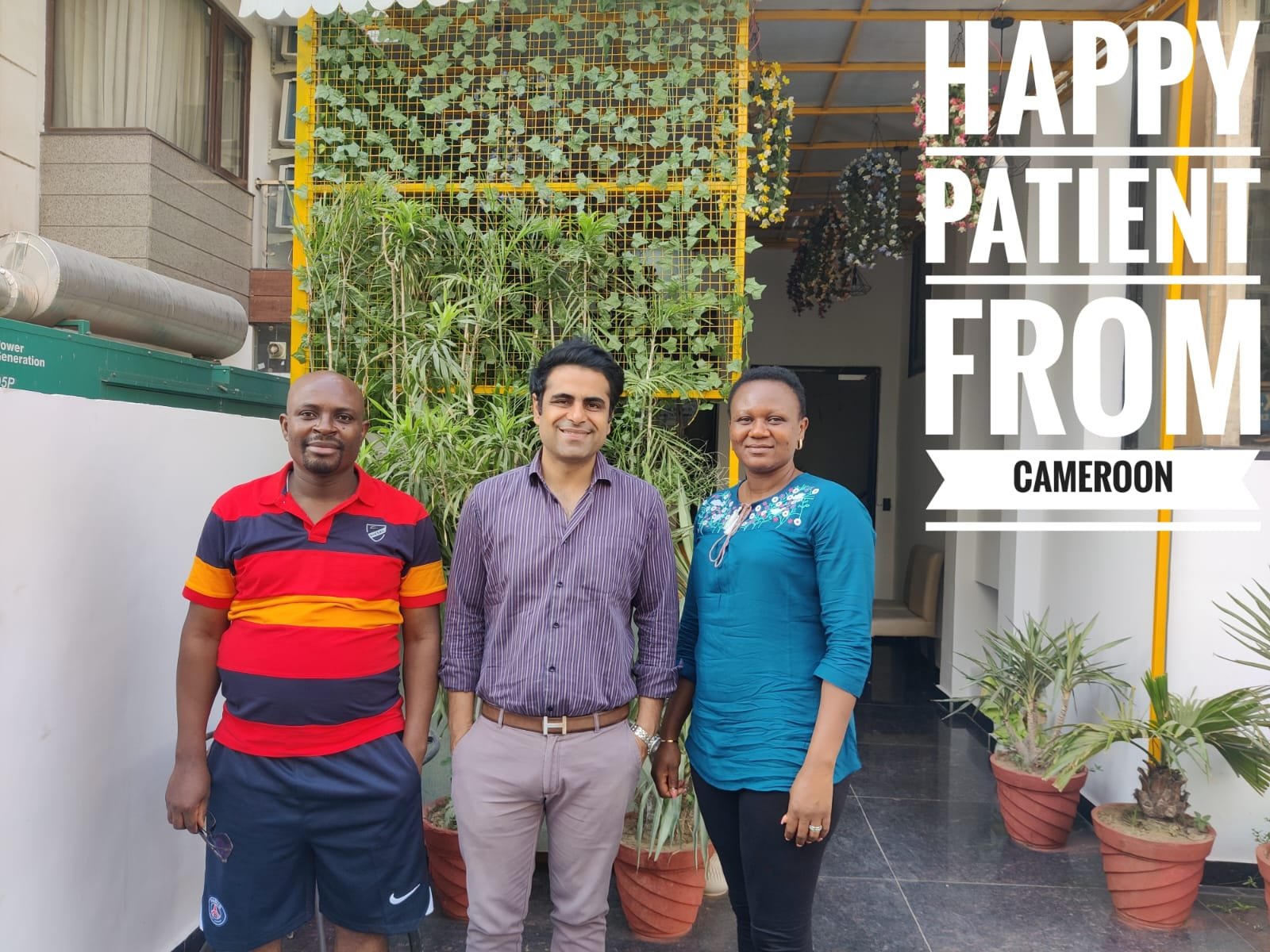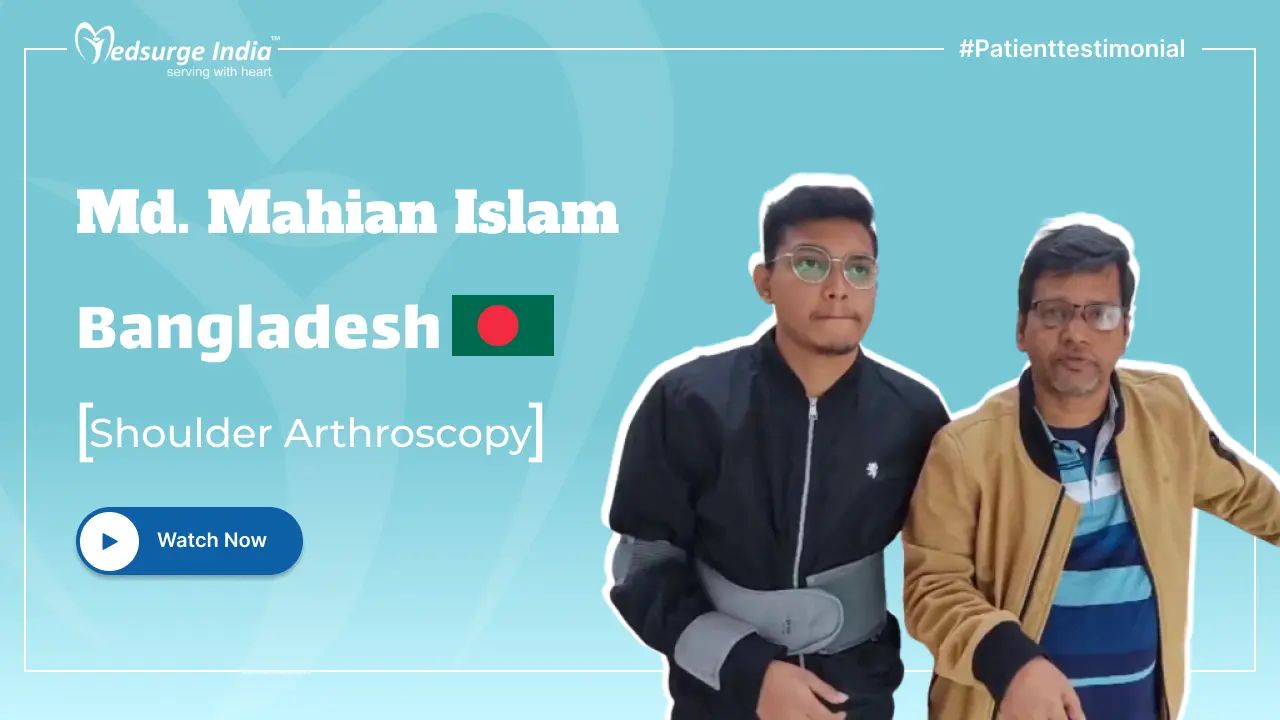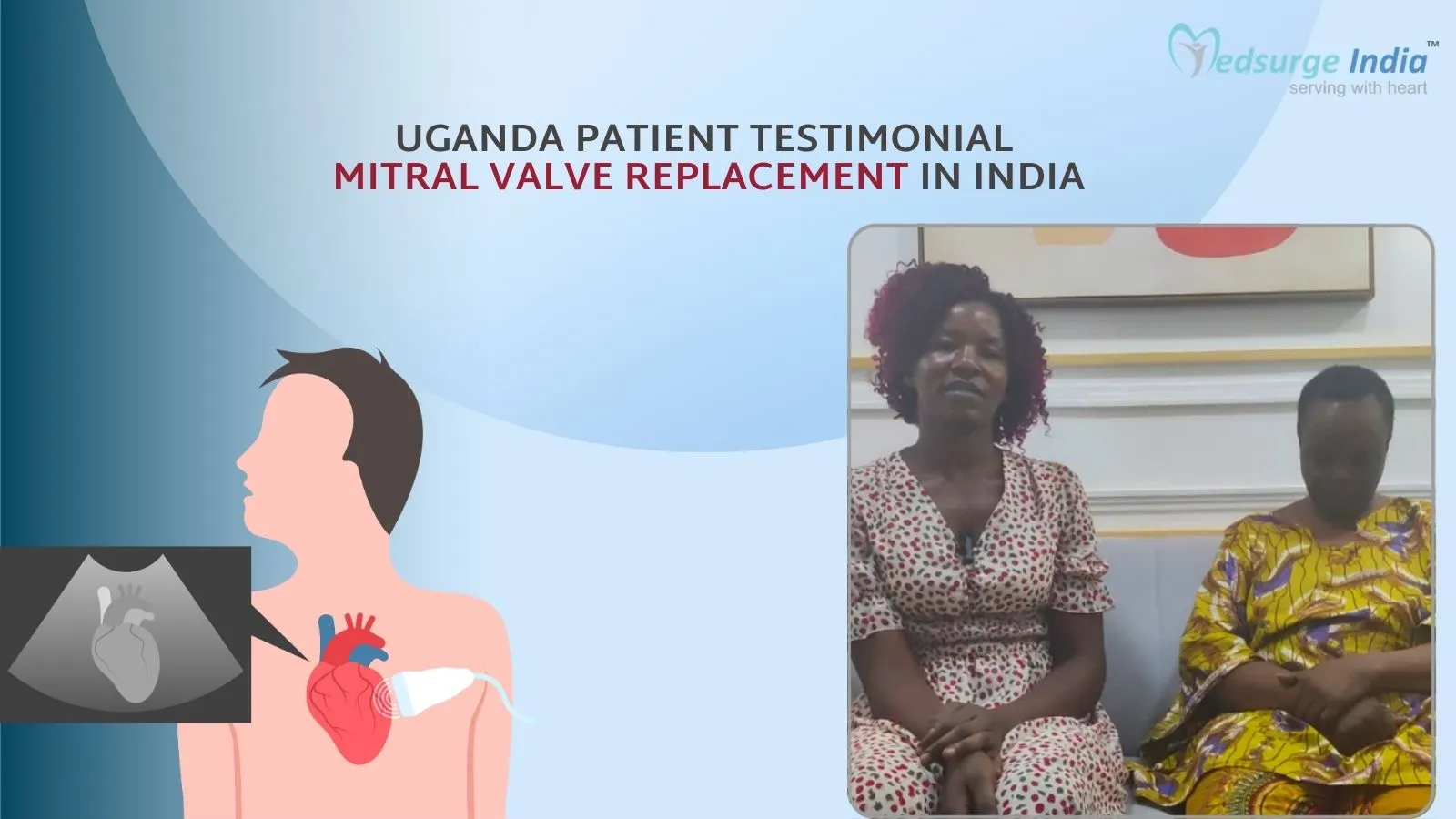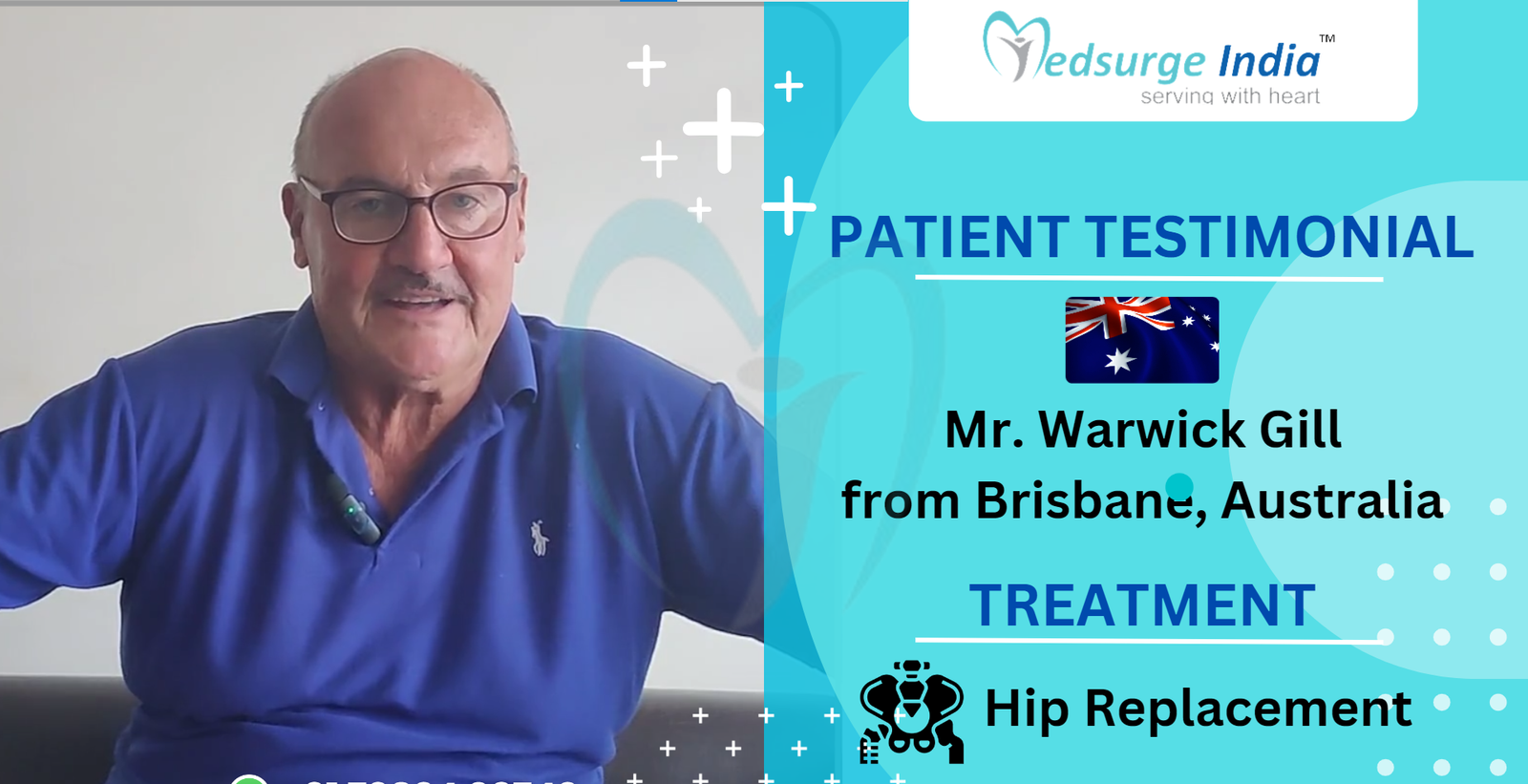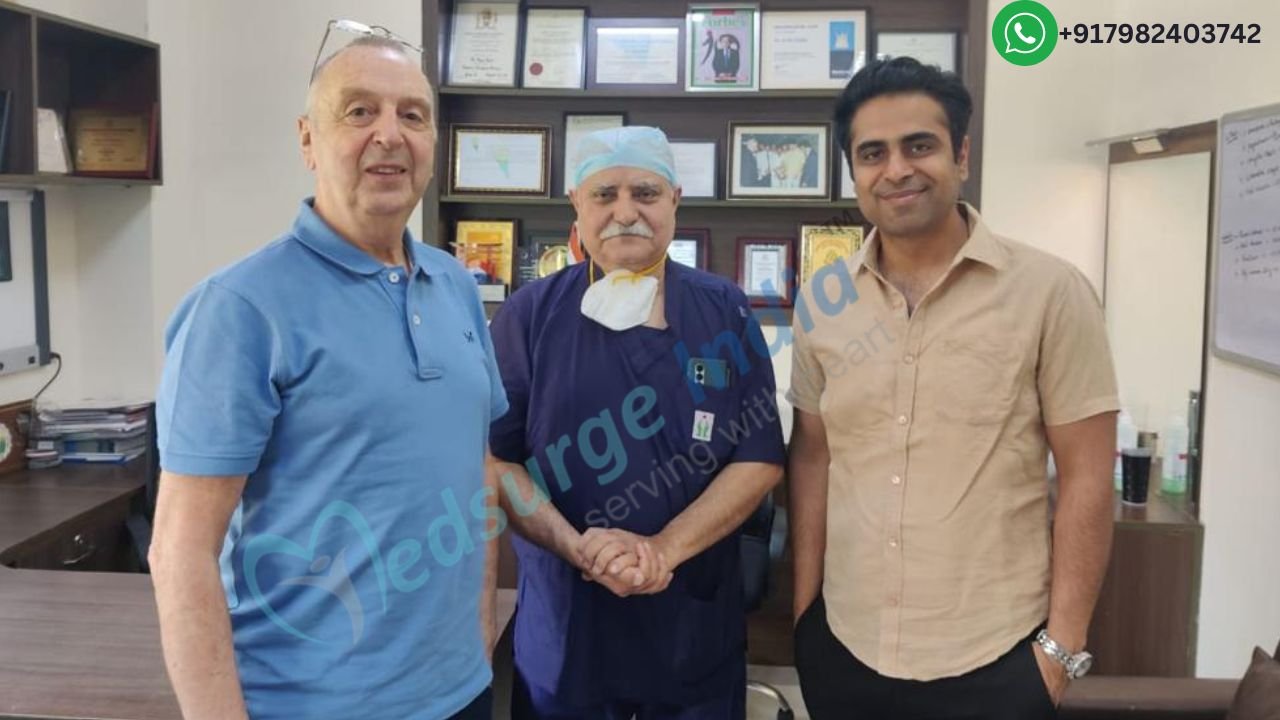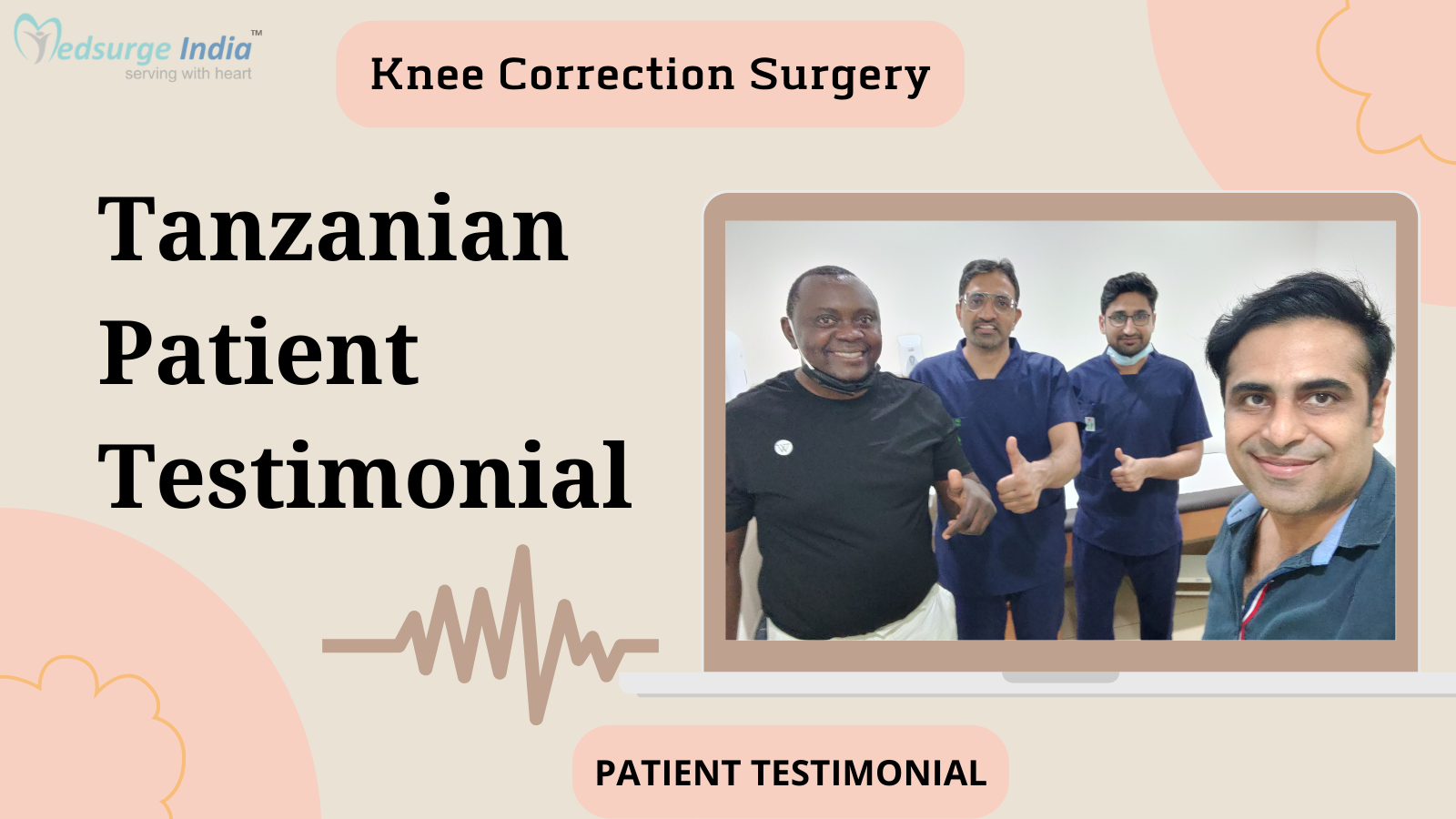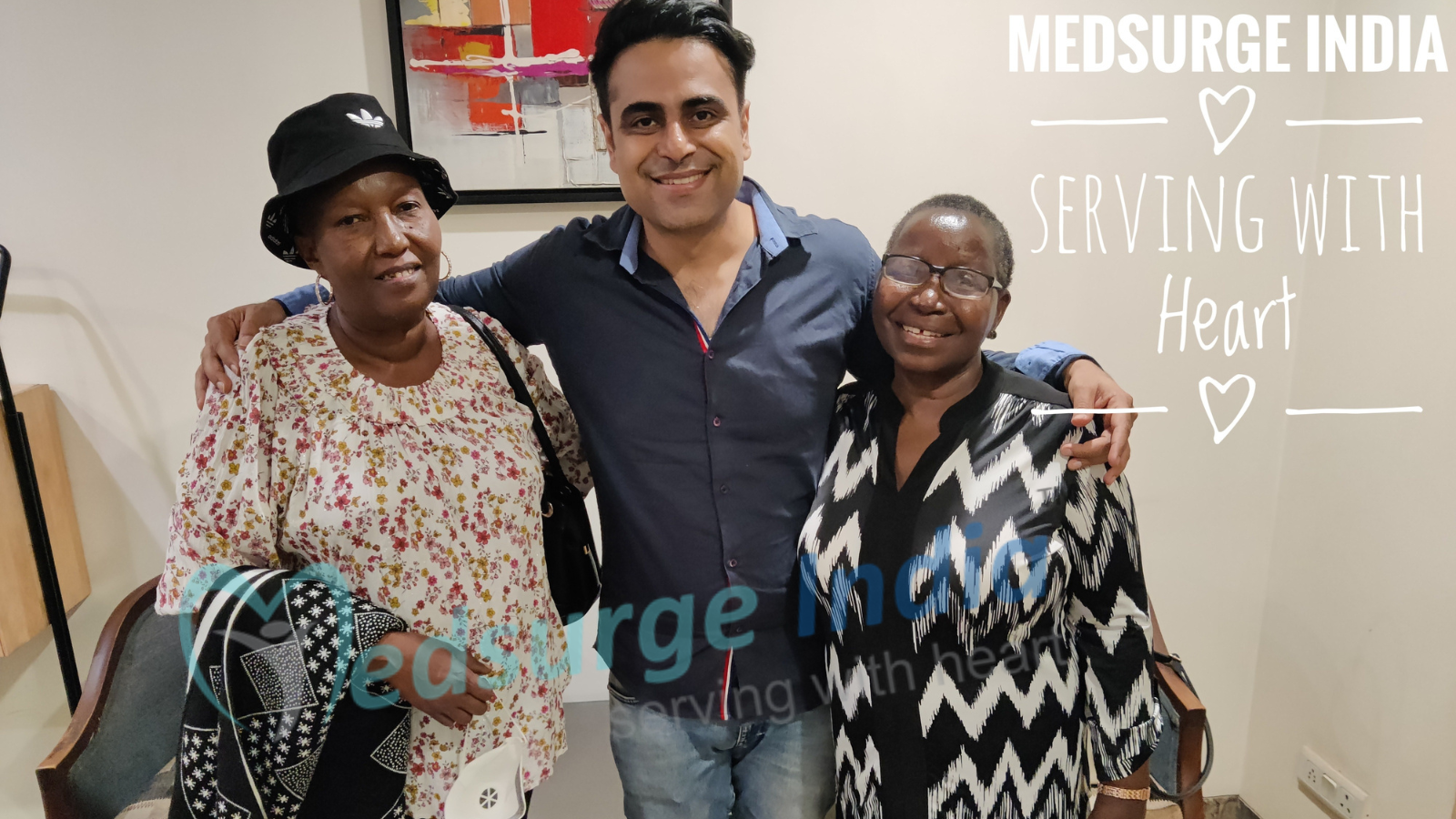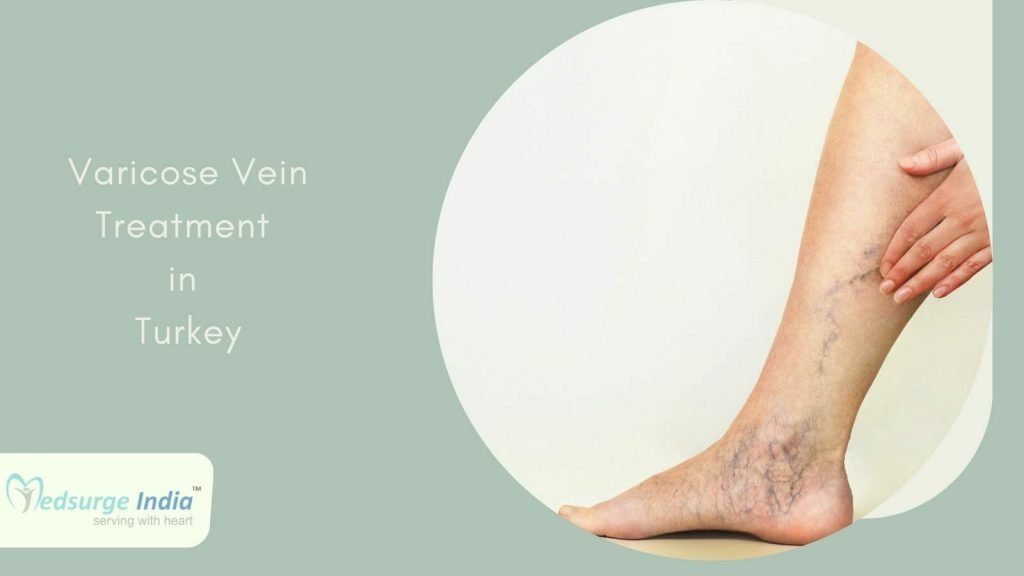
Veins that begin functioning abnormally as a result of structural expansion or dilation are known as varicose veins. Varicose veins can appear anywhere on the body, though they are typically found in the lower extremities. Because standing or walking upright puts more pressure on the veins, their appearance is more frequently seen in the legs. The cost of the procedure, the medications, the duration of the hospital stay, and other consumables required throughout the course of therapy are all factors that influence the varicose vein treatment in Turkey.
The cost of varicose vein treatment in Turkey is quite affordable. Although the vascular surgery hospitals in Turkey provide the best possible medical and surgical care.
Number of people from both domestic and international countries receive treatment every year after consulting with one of Turkey’s best varicose vein treatment surgeons. In addition to serving as independent consultants, these surgeons collaborate closely with the best varicose vein treatment facilities in Turkey.
What Are Varicose Veins?
Blood vessels that enlarge and twist just beneath the surface of your skin are called varicose veins. Your legs, feet, and ankles are the typical locations for these blue or purple bulges. They could itch or hurt. Smaller red or purple lines that form near the surface of your skin are called spider veins, which may surround varicose veins.
Varicose veins are not dangerous for the majority of people, despite the fact that they can be unappealing and painful. Serious health issues, such as blood clots, can occasionally arise from severe varicose veins. The majority of varicose vein problems can be treated at home by you or by your healthcare practitioner using injections, laser therapy, or surgery.
Despite having different appearances, varicose veins and spider veins are both forms of venous disease. Varicose veins are larger and thicker than spider veins. They are near to the skin’s surface and resemble red or blue spider webs or branches of a tree.
Typically, spider veins are not painful. They can show up anywhere on your body, most frequently on your face, foot, or behind your knees. You mainly see varicose veins on your legs and feet.
What Are the Symptoms of Varicose Veins?
In their early stages, varicose veins typically do not manifest any symptoms. But after a few years, the patient can start to feel the symptoms. If any of the following symptoms appear occasionally, they must be reported to the doctor and not ignored:
- Lower extremity stiffness (which may get worse at night hours)
- Continuous pain in the legs
- Spider veins (telangiectasia) in the affected leg
- Swelling in the ankle (which may increase in the evening)
- Discoloration of the skin close to the afflicted area
- Dermatitis stasis or venous eczema
- Sudden cramping in the legs while walking or standing
- Lipodermatosclerosis (shrinkage of the skin above the legs)
Risk Factors
The following can increase the risk of developing varicose veins:
- Age
- Sex
- Family History
- Obesity
- Pregnancy
- Sitting or standing for a long period of time
What Are the Causes of Varicose Veins?
When the walls of your veins deteriorate, varicose veins develop. The weaker walls of your vein allow it to expand as blood pressure rises within it. The valves in your vein that keep blood flowing in one direction can not function properly as your vein stretches. Slow-moving blood accumulates or pools in your vein, causing it to enlarge, bulge, and twist.
Vein walls and valves can deteriorate for a number of reasons, such as:
- Hormones
- Aging procedure
- Being overweight
- Restrictive attires
- Pressure inside the vein from standing for long periods
Elastic vein walls and muscle contractions in the lower legs help blood return to the heart. Veins have tiny valves that open to allow blood to flow toward the heart and seal to prevent it from flowing the other way. Blood can flow backward and pool in the veins if these valves are weak or broken, which can stretch or twist the veins.
How the Diagnosis of Varicose Veins are done?
During your physical examination, your doctor will examine for swelling in your legs while you are standing. Your healthcare professional might also ask you to detail any leg aches and pains.
Diagnostic Tests – A doctor may advise a test called a venous Doppler ultrasonography of the leg to diagnose varicose veins. A non-invasive procedure called Doppler ultrasonography employs sound waves to examine blood flow through vein valves. An ultrasound of the leg can be used to find blood clots.
In this test, medical professional rubs a small, hand-held device (transducer) against the skin over the body part being checked. The transducer is roughly the size of a bar of soap. The monitor shows the results after receiving images of the legs’ veins from the transducer.
Varicose Vein Treatment Cost In Turkey
Varicose Vein Treatment Cost in Turkey starts from USD 3600. Many techniques, such as compression stockings, sclerotherapy, endovenous ablation therapy, vein ligation, and stripping, or ambulatory phlebectomy, can be used to treat varicose veins. A physician or other professional will propose the best course of action based on the specifics of each patient’s case.
Prices of Varicose Vein treatment in different parts of cities in Turkey
| Cities | Starting Prices |
| Istanbul | USD 3600 |
| Ankara | USD 3800 |
| Antalya | USD 3700 |
| Izmir | USD 4000 |
| Bursa | USD 3600 |
| Adana | USD 3900 |
Note: The pricing of the above treatment will vary according to different factors.
Factors That Can Affect Varicose Vein Treatment Cost in Turkey
In terms of quality and standard, the level of medical care and services is comparable to that of the best hospitals in the world. Even after accounting for travel, hotel, and food expenses. Here are some variables that can affect Varicose Vein Treatment in Turkey:
- Medication costs.
- Duration of treatment.
- Geographical location.
- Hospitalization expenses.
- Government policies and subsidies.
- Medical tourism packages.
- Hospital reputation and infrastructure.
- The expertise and experience of medical professionals.
- The type and frequency of diagnostic procedures.
- The choice of treatment modality.
Patients and healthcare providers can effectively negotiate and make decisions that meet their needs and preferences if they are aware of these factors.
Why Do People Choose Turkey for Varicose Vein Treatment?
Treatment for varicose veins can be very affordable in Turkey, particularly for medical tourists. A patient from a Western country can save between 60 and 70% of the cost of their home country’s healthcare by choosing to undergo varicose vein treatment in Turkey.
The healthcare system of Turkey is one of the most developed and well-established countries in the world. Many people from the Middle East, Europe, and the United States visit Turkey each year for medical care.
The high-tech facilities of Turkey’s finest hospitals, famous doctors, affordable treatment costs, and pleasant hospitality are credited with the fame. In Istanbul, there are numerous JCI-accredited hospitals, many of which are affiliated with universities and research organizations. Patients may expect high-quality clinical care and exceptional patient service standards. It attracts people all around the world to travel for medical tourism in Turkey.
In addition to top-notch hospitals, Turkey offers a wide choice of accommodation options, from affordable guest houses to luxurious resorts. Many patients who travel to Turkey for medical treatment also take time to travel and explore the country.
Turkey is a beautiful nation with a rich cultural and historical background. There are several natural and cultural tourist attractions in the area of Istanbul.
Get Free Cost Estimation
Procedure
Varicose Vein Treatment In Turkey
Numerous techniques are available for treating varicose veins. The Vascular Specialist will propose the best course of action based on the specifics of each patient’s case. Even though numerous medical professionals can treat varicose veins, make sure the vascular specialist you select can provide the whole spectrum of care and the most appropriate course of action. If needed a mix of treatments will likely be required.
If the situation is not serious, the patient is initially advised to use conservative treatments to stop the spread of the disease. These consist of exercising, elevating the leg, and wearing compression stockings. The patient is encouraged to choose any surgical treatment option if these procedures do not achieve the desired result.
Conservative Treatment Techniques
To treat the symptoms of varicose veins, these conservative methods are employed:
- Maintaining the elevated leg position
- Wear compression socks that are comfortable around your leg
- Utilizing intermittent pneumatic compression tools
- Medications like flavonoids and anti-inflammatory drugs
- Applying topical gels to control the symptoms
Active Treatment Methods
Open surgery:
Before the procedure, the patient receives spinal or general anesthesia. Between the groyne and the ankle, the surgeon makes several cuts. Underlying diseased veins are located after dissecting the leg. The strippers are passed through these veins and then the stripper is pulled out along with the diseased veins.
Endovenous Laser Ablation (EVLA):
Before the procedure, the patient receives local anesthesia to numb the area. This operation can be carried out without making an incision. A thin fibre is inserted into the injured vein through a small entry point in the skin.
The fibre emits energy through the laser light when it is pulled back through the vein. Extremely precise and without influencing neighboring tissues, the targeted tissues respond to light energy. The injured vein shuts off as a result. Since these veins only carry a small amount of blood and are superficial, the restricted blood flow to these veins is switched to the other, healthier veins.
Radio Frequency Ablation:
Another minimally invasive method used to treat varicose veins is radio frequency ablation. With the use of an ultrasound, the surgeon places a radiofrequency catheter inside the injured vein. The veins are treated with radio frequency energy, which seals the damaged veins. The blood will naturally switch to the other healthy and normal veins as it flows toward these veins. Recurrence rates of the varicose veins are lower than the open surgical procedure but more than EVL ablation.
Scleropathy:
It is a non-surgical method used to treat varicose and spider veins in the legs. The diseased veins are given a sclerosant to shrink them. With due course of time, the body naturally gets rid itself of this sclerosant fluid.
However, some patients may need sclerosant to be re-injected more than once. This technique is successful only if it is done correctly. The recurrence rate after this method is quite high as compared to other procedures.
Suggestion
Usually, varicose veins are not dangerous and do not cause long-term health problems. Most people with the condition are concerned with the way varicose veins look. They may experience discomfort but don’t develop complications.
Varicose veins might reappear after effective treatment. When women get pregnant following therapy, they are more likely to return. If you are obese or lead a sedentary lifestyle, your risk of developing varicose veins again is increased.
Millions of people suffer from varicose veins. Varicose veins typically don’t have a significant negative impact on health. Changes in lifestyle and Homemade remedies can alleviate symptoms and stop them from growing worse. Discuss safe, minimally invasive procedures with your healthcare physician to help you manage varicose vein pain and enhance their appearance.
Share your medical reports with us at MedsurgeIndia to get more precise quotes from a hospital of your choice. Our team will help you to connect with the appropriate professionals and provide you with a cost estimate as well as information regarding the treatment.
The Most Important Frequently Asked Questions
Q: Can You Fix Varicose Veins on Your Own?
A: Self-care advice cannot eliminate existing varicose and spider veins, but it can help prevent the development of new ones. Compression stockings: These stockings exert constant pressure to assist in returning blood to the heart. Additionally, the constant pressure diminishes the swelling in your lower legs and lowers your risk of developing a blood clot.
Q: How May Varicose Veins Be Treated Without Surgery?
A: The Best Alternatives to Surgery for Varicose Veins
The calf muscles are gently worked during low-impact aerobic activities like walking, swimming, and biking, which aid in the blood flow via the veins. If your profession requires you to stand or sit for long periods of time, get up and move around frequently to exercise your calf muscles.
Q: What Happens If Varicose Veins Are Left Untreated?
A: Untreated varicose veins frequently cause extra blood to flow into the leg’s tissues. Parts of the patient’s skin will turn dark and discoloured, and they will feel excruciating swelling and inflammation. Hyperpigmentation is the term for this condition.
Q: Does Water Consumption Help with Varicose Veins?
A: Most importantly, drinking adequate water improves vein health and can help prevent varicose veins when it comes to vein health. The blood flow is improved and the muscles that support your veins are strengthened when you drink enough water, both of which are important for those with varicose veins.
Q: What Is the Main Cause of Varicose Veins?
A: Increased blood pressure in the veins is what causes varicose veins. In the veins close to the skin’s surface, varicose veins develop (superficial). One-way valves in the veins direct the blood toward the heart. Blood can build up in the veins when the valves are compromised or broken.
Top Hospitals for Varicose Vein Treatment In Turkey
Top Doctors for Vascular Surgery
Dr. Sami Gurkahraman
Consultant
Experience: 27 years of experience
American Hospital, Istanbul
Istanbul, Turkey
Dr. Eray Aksoy
Visiting Consultant
Experience: 14 years of experience
American Hospital, Istanbul
Istanbul, Turkey

